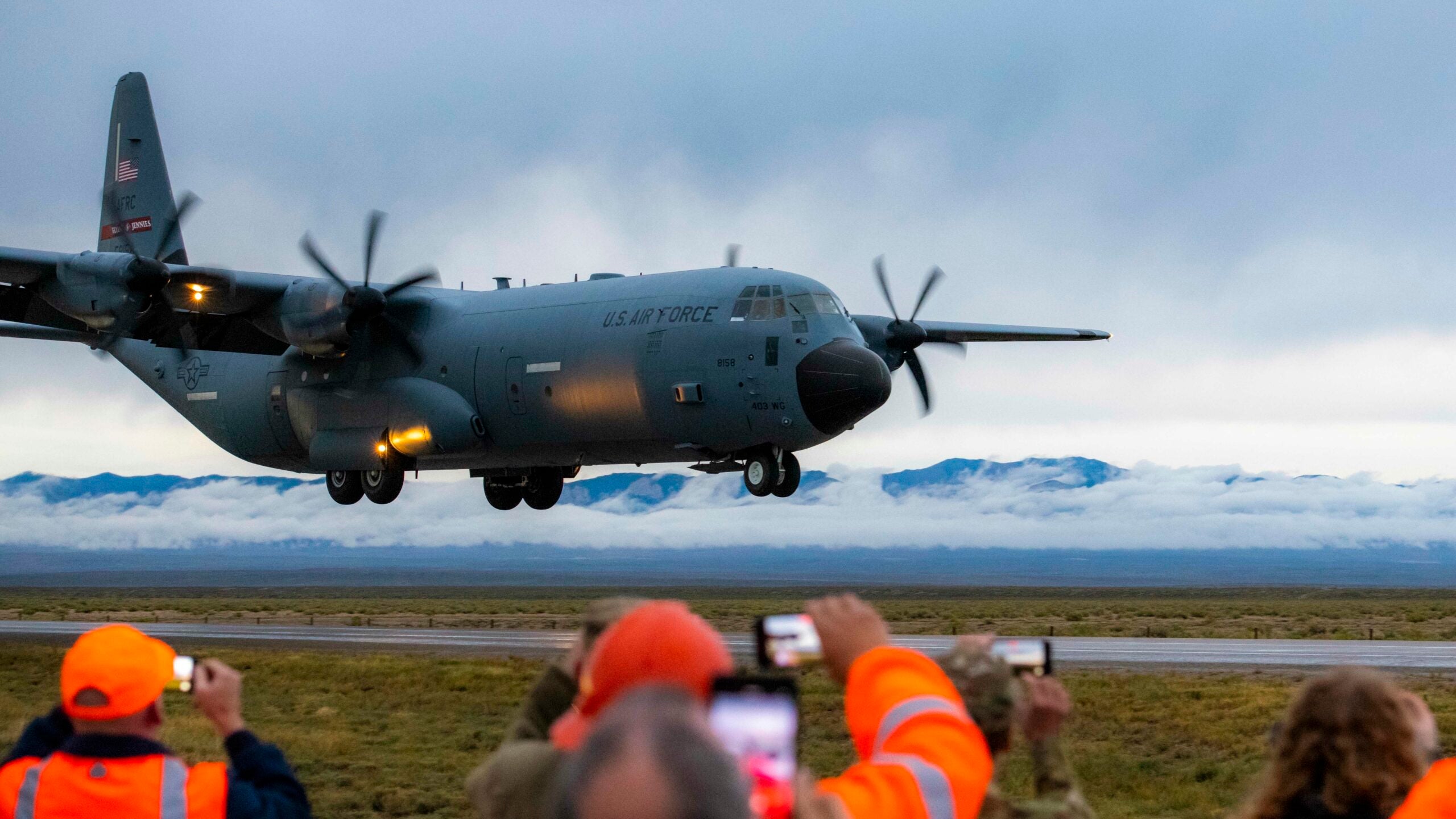A U.S. Air Force C-130J Hercules airlifter landed on and then took off from a four-lane highway in rural Wyoming recently in the latest roadway landing exercise to take place in the United States. The maneuvers, which follow a previous drill conducted on a strip of Michigan highway last month, involving A-10 Warthog attack jets and C-146 Wolfhound special operations transports, reflect the service’s renewed interest in ways to operate in high-threat environments where access to conventional runways may be impossible, or at least greatly reduced.

The C-130J highway landing was part of the Air Force Reserve Command’s larger, week-long Rally in the Rockies exercise and took place on U.S. Route 287, north of Rawlins, Wyoming, for around three hours on the early morning of September 13, 2021. This required the public road to be closed off by the Wyoming Department of Transportation to allow safe operations by the four-turboprop transport, while the local surroundings stood in for enemy territory.
Once safely on the ground, the Hercules was used for a simulated personnel recovery mission — locating and recovering soldiers isolated from friendly forces.
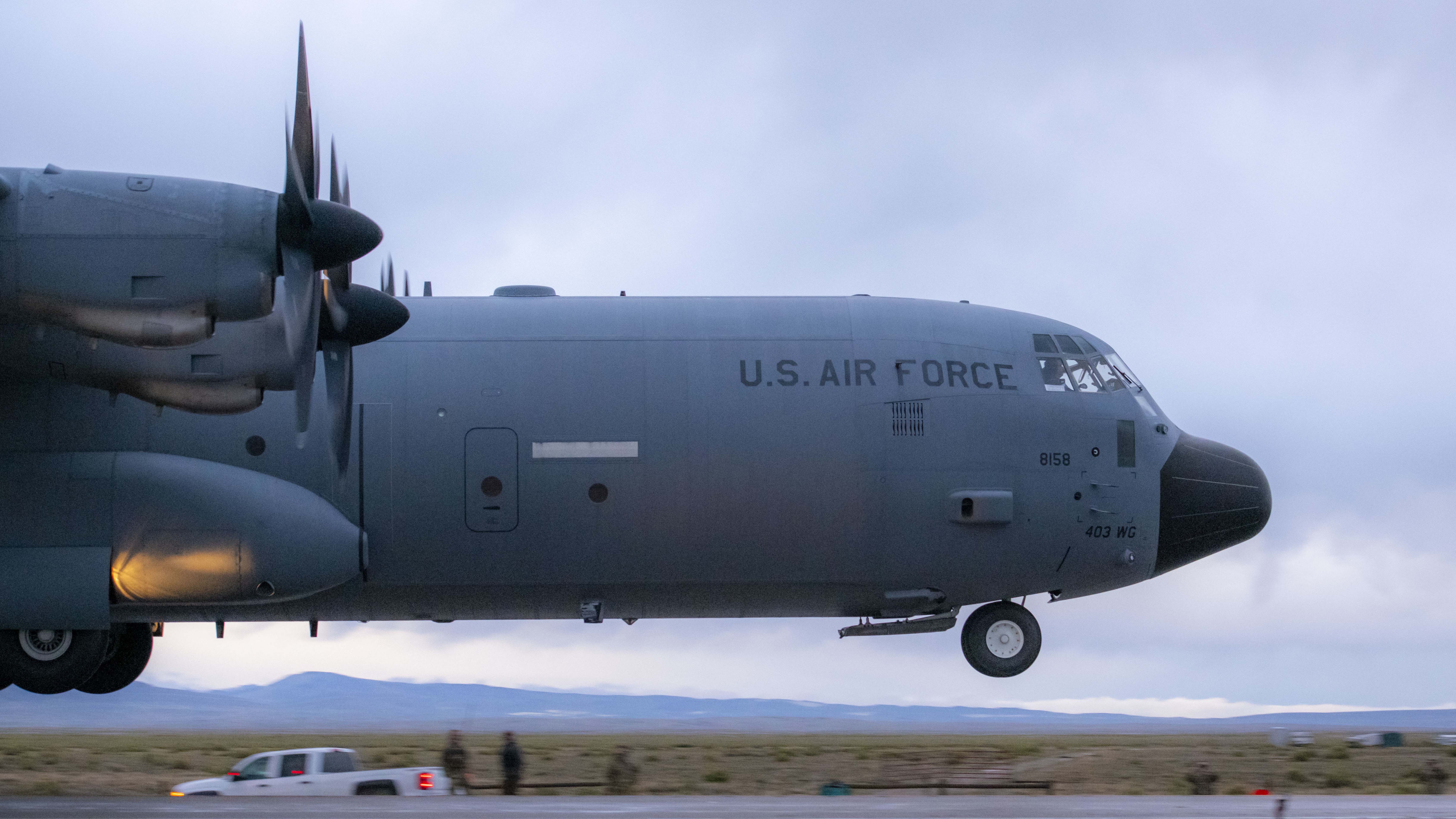
The roadway scenario was just one of many during Rally in the Rockies, which came to an end today, September 16. The maneuvers took place in Colorado and Wyoming and involved more than a dozen Air Force units from the Reserve and Air National Guard.
Led by the 913th Airlift Group from Little Rock Air Force Base, Arkansas, which served as the exercise planning agency, different units undertook missions including cargo drops, high-altitude paratrooper drops, and delivery of artillery. They also resupplied task forces on the ground and conducted personnel extraction. On this occasion, it is notable that A-10s were again involved, apparently providing top cover for the C-130J while it conducted its personnel recovery mission
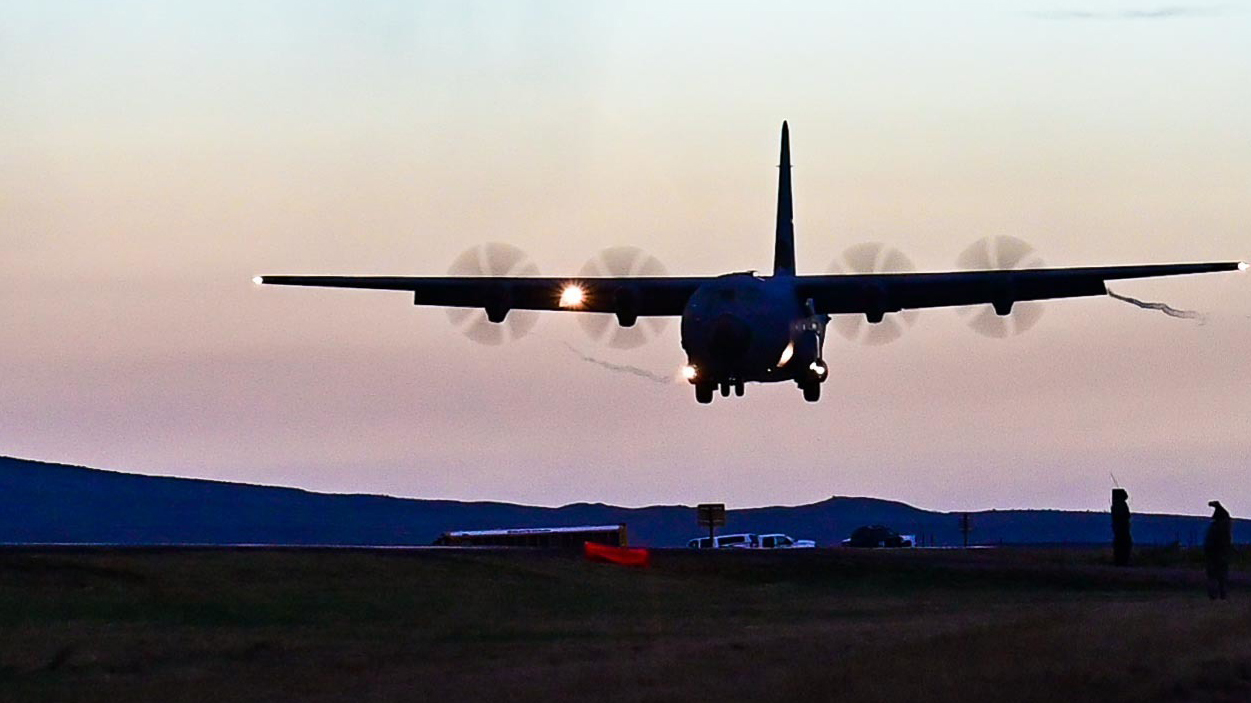
The overarching scenario emphasized operations in contested environments of the kind that would be encountered during a conflict with a peer or near-peer adversary. In these kinds of campaigns, Reserve and Guard units would be expected to operate seamlessly alongside their active-duty counterparts as a vital contributor to ensure ‘strategic depth’ — enough aircraft, where required, to meet combat commanders’ demands.
“The Rally in the Rockies exercise ensures the Air Force Reserve and National Guard can provide an instantaneous surge capacity across most mission sets to strengthen our active-duty counterparts,” explained Major Nick Hainsfurther, a pilot with the 913th Operations Support Squadron and lead exercise planner.
Above all, the exercise playbook envisaged that access to normal runways would be strictly limited.
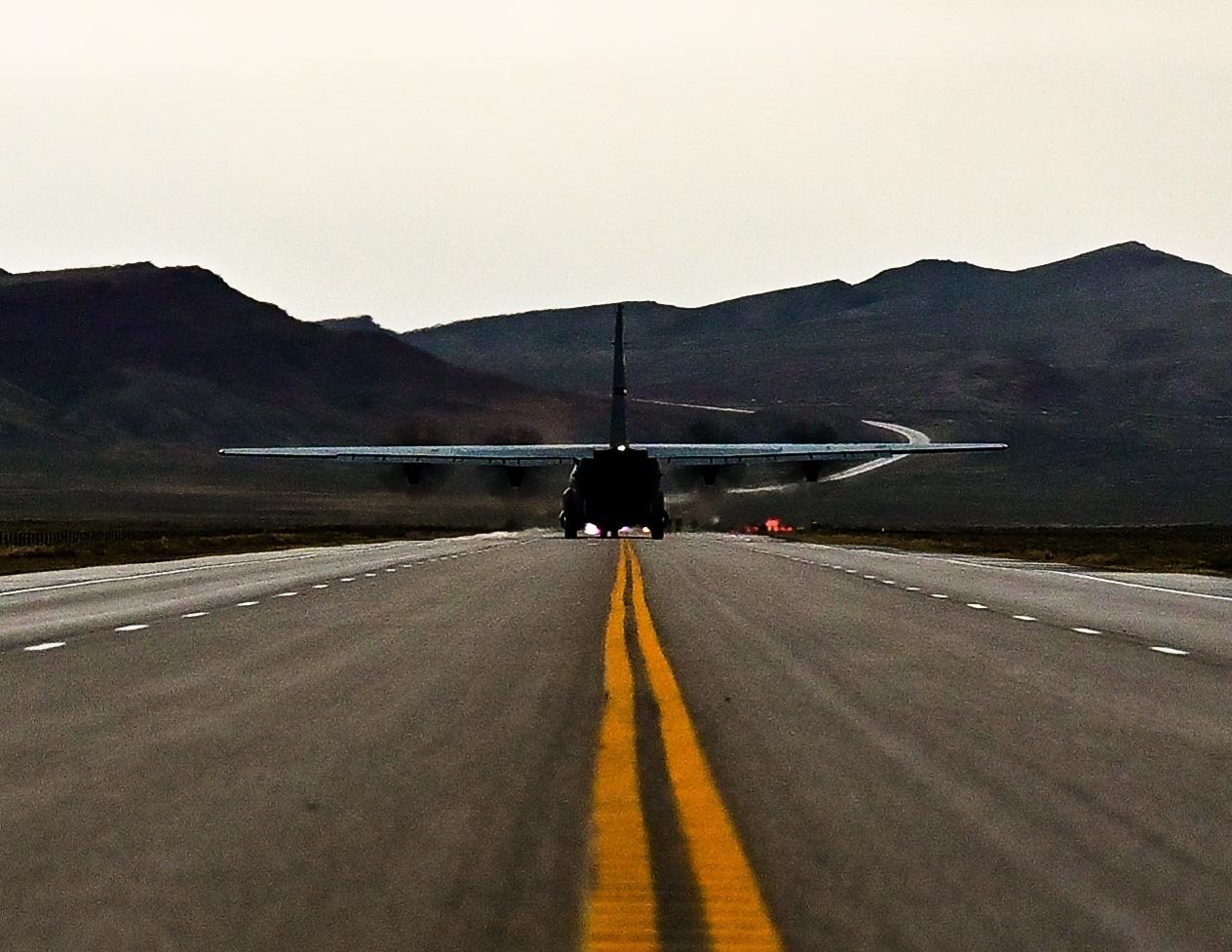
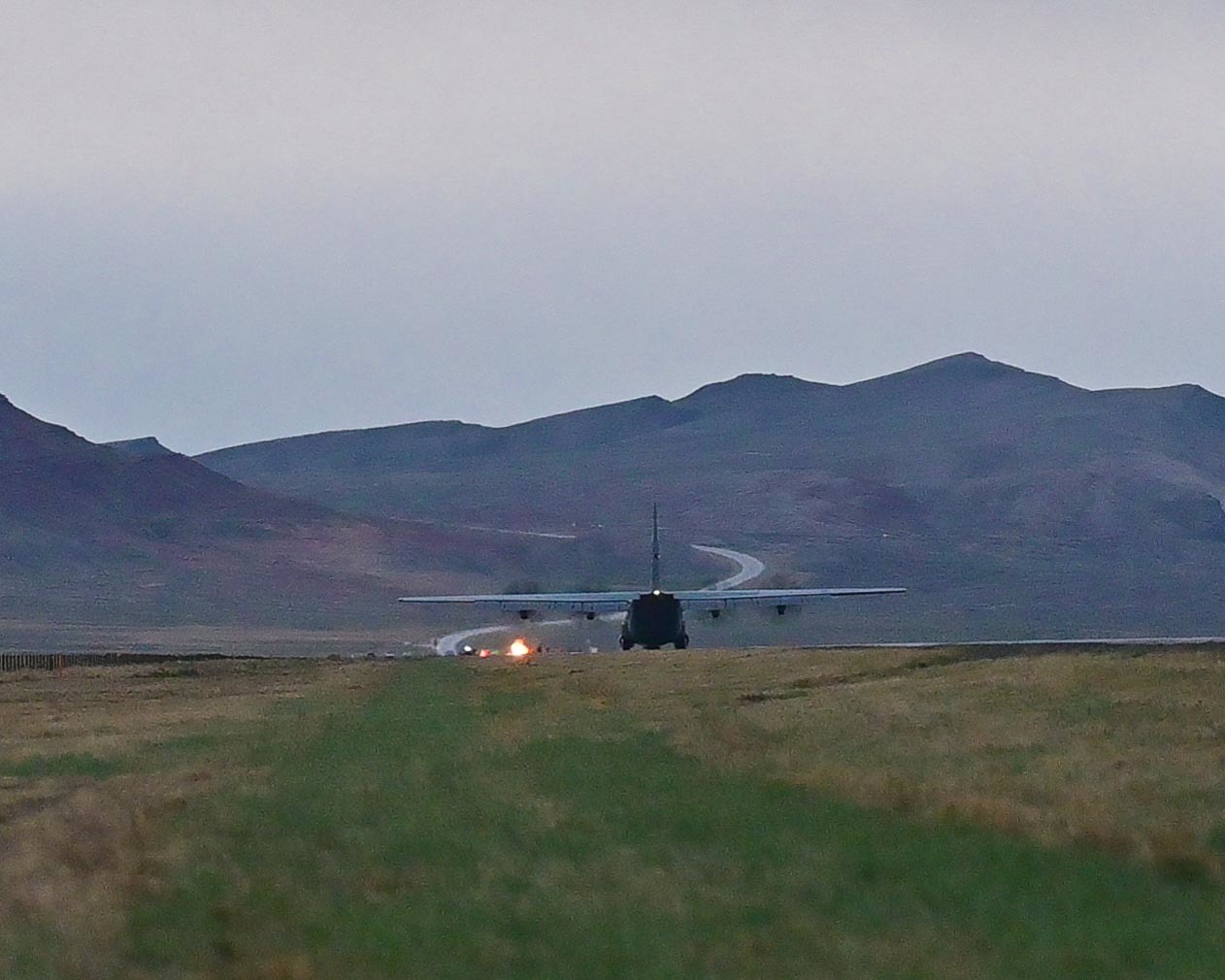
“In order to effectively accomplish combat operations, current scenarios assume traditional bases will be immediately threatened,” stated an Air Force press release about the exercise.
As well as delivering troops or cargo, or extracting personnel from contested environments, missions also called for refueling and re-arming aircraft in austere locations, with little in the way of support infrastructure. This is a prerequisite for any kind of sustained air operations and a scenario that the Air Force has been increasingly putting to the test of late, with exercises in Europe and the Pacific theaters.
“Our efforts will prepare Reserve and National Guard units to execute at the speed and range required to take on near-peer adversaries,” added Major Christopher Acs, a 327th Airlift Squadron pilot and also an exercise planner.
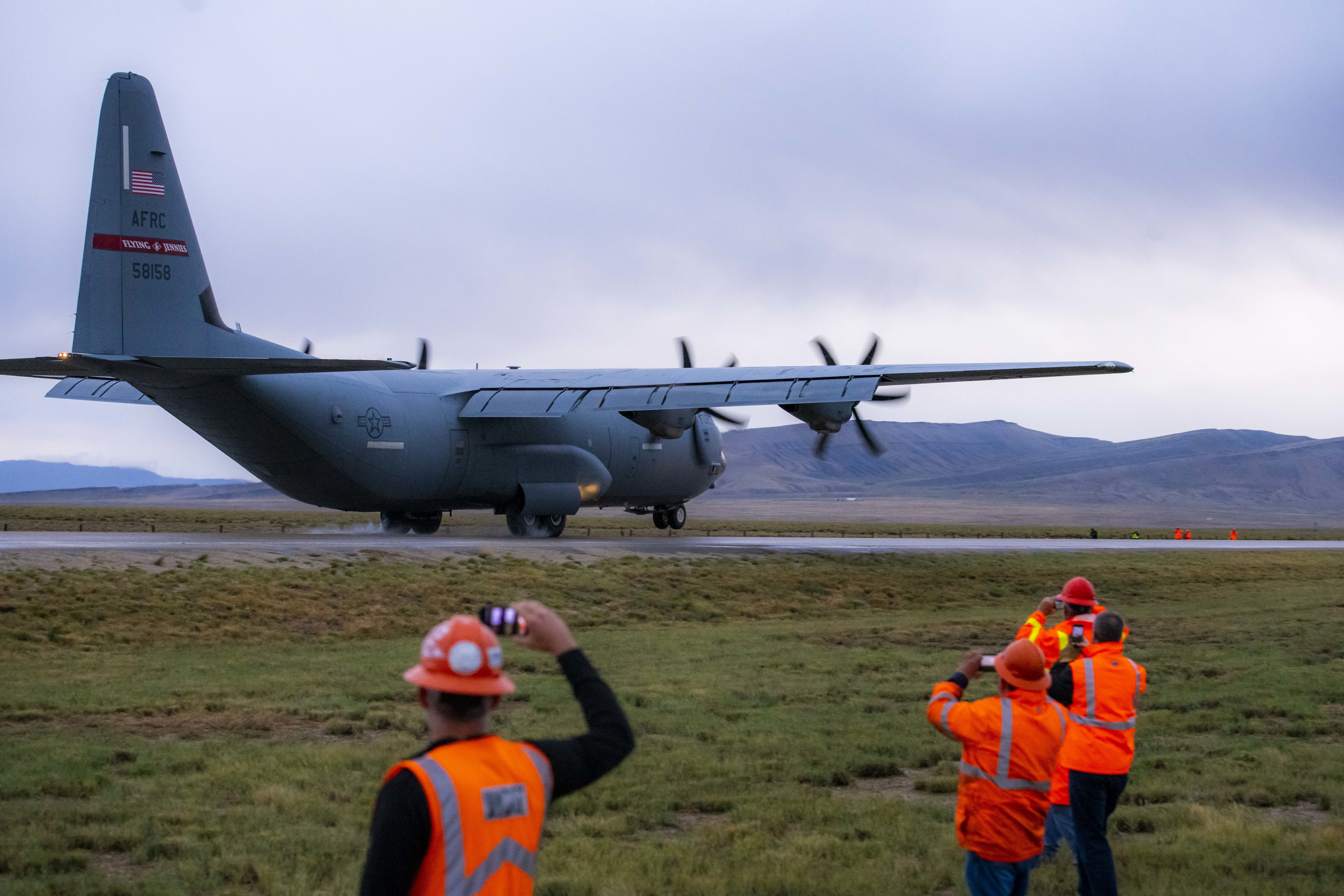
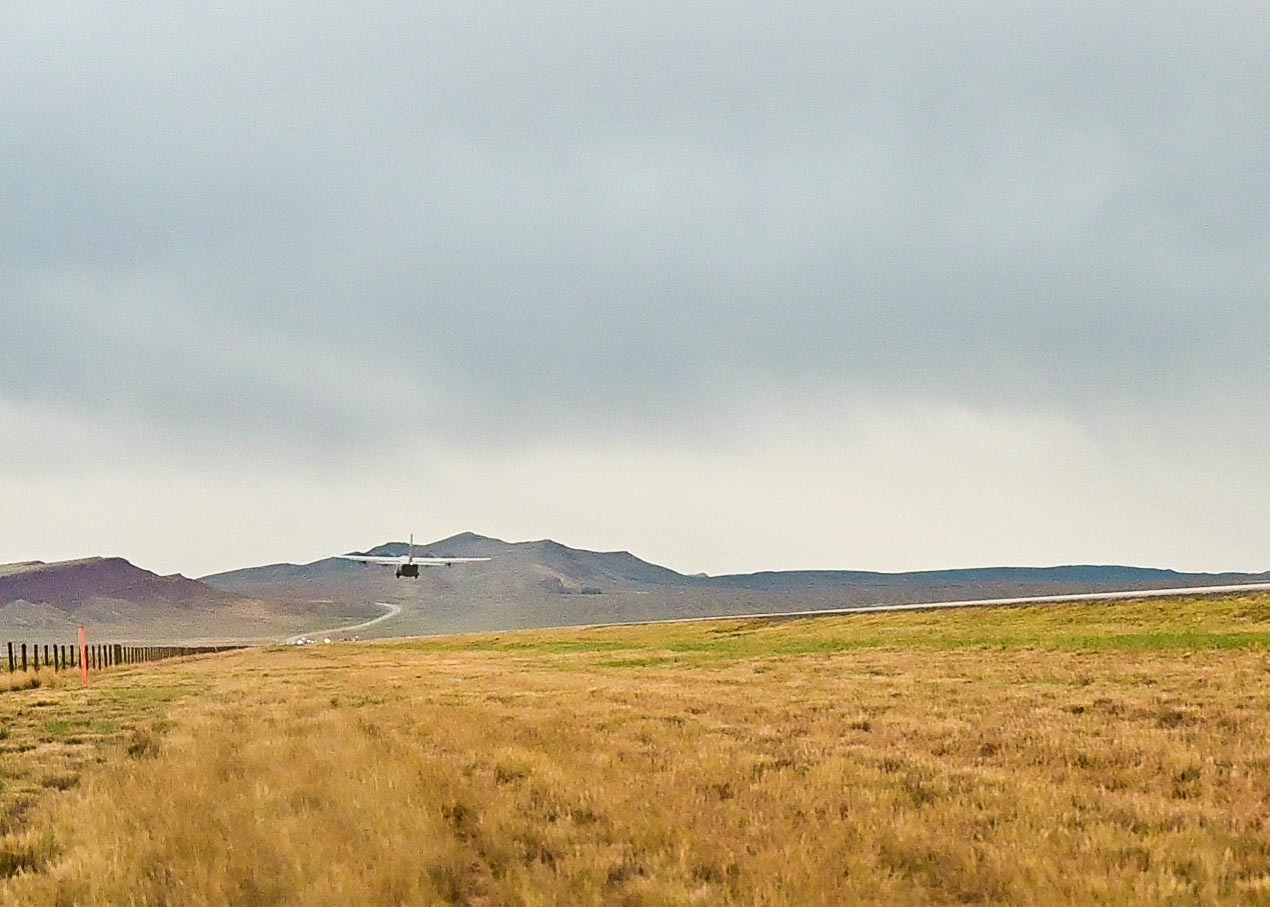
While operating from highway strips is commonplace for several air forces around the world, road-operations drills are very much coming back into vogue within the U.S. military. Ultimately, not only would C-130s be expected to fulfill their wartime missions independent of established airbases, but an increased emphasis on dispersed operations for all tactical air assets would likely be the order of the day in any future peer or near-peer conflict.
The Air Force C-130 community, as a whole, already has considerable experience of austere operations, as a part of regular exercises and during combat missions, including in Afghanistan and across the Middle East.
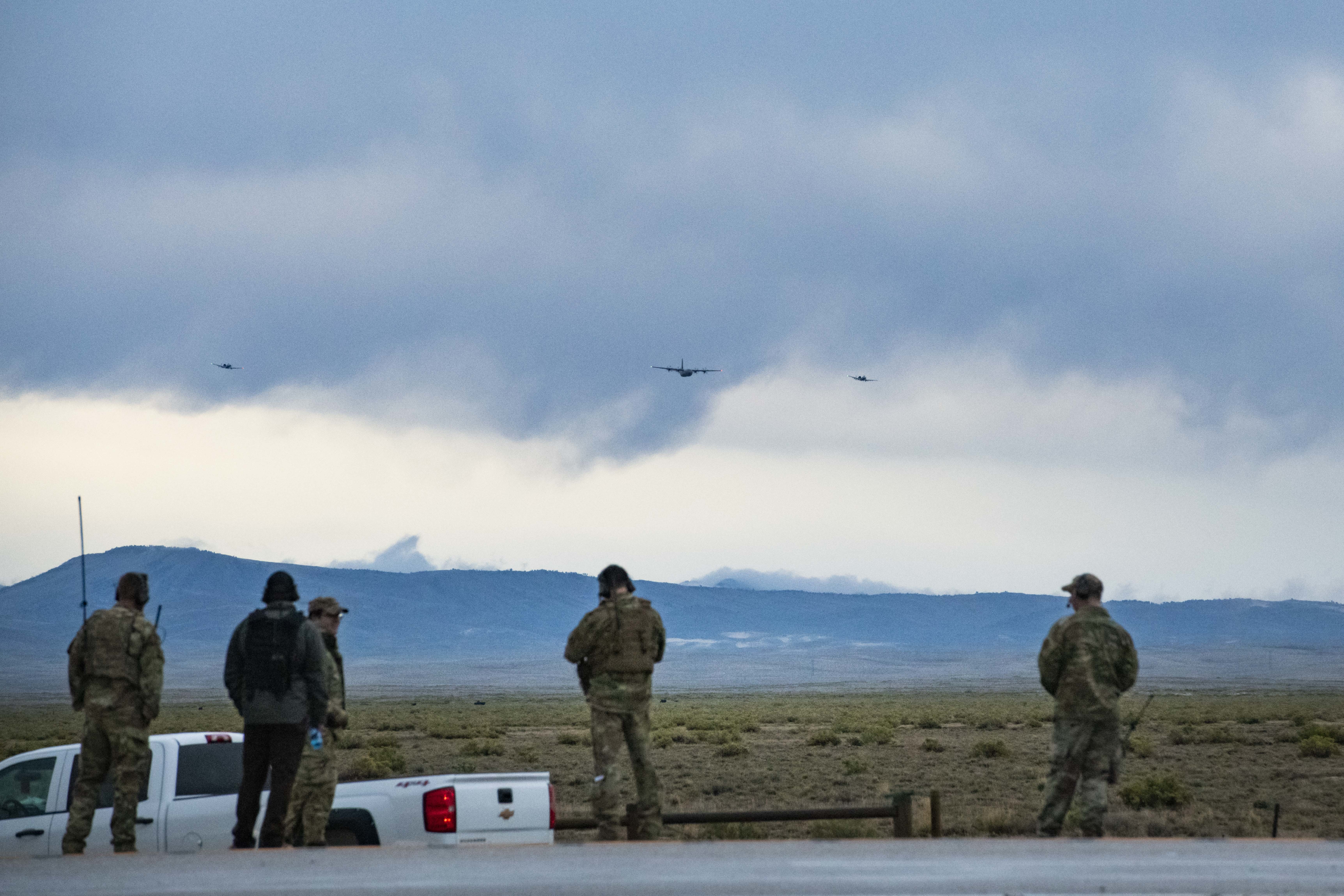
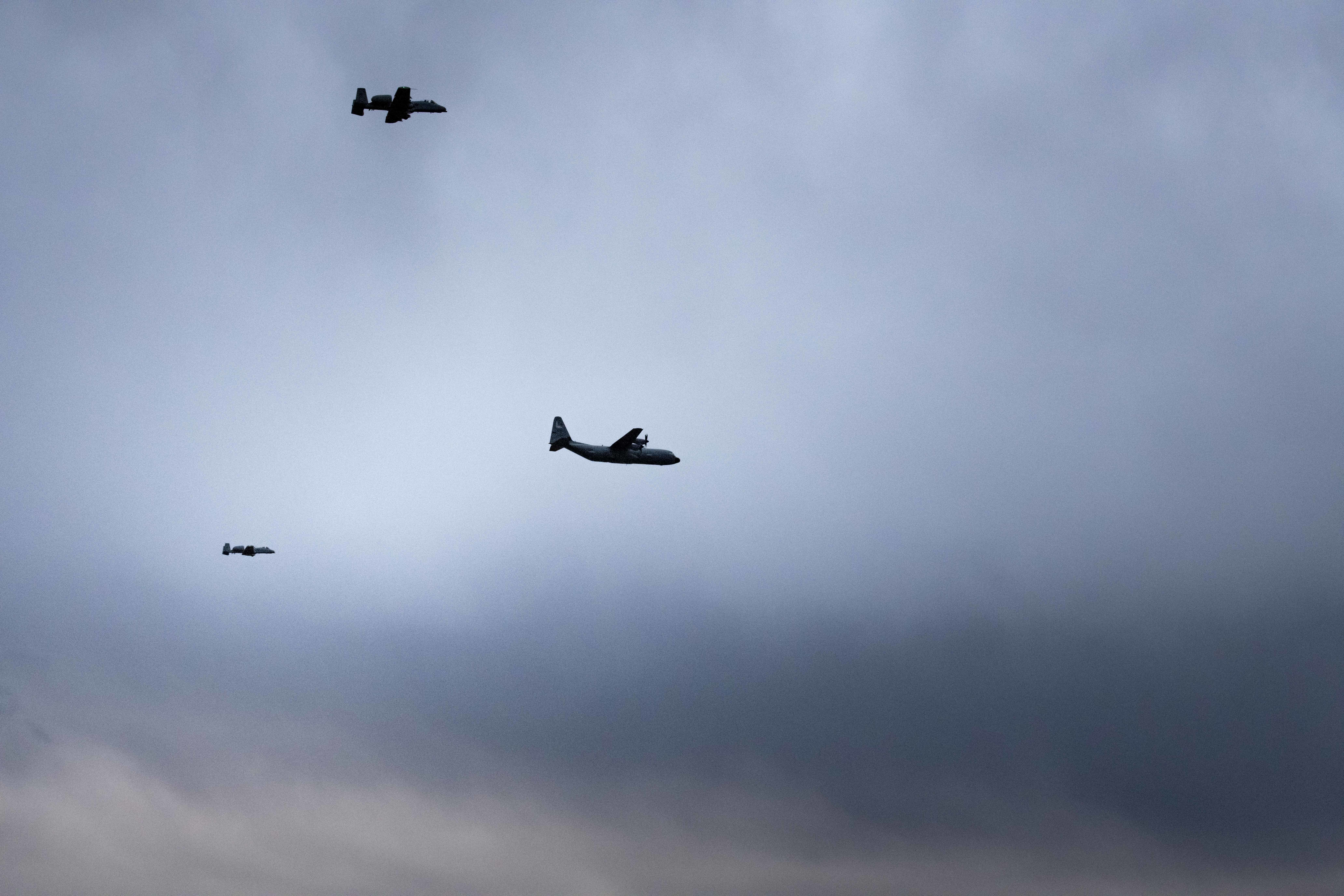
While it might take some time to prepare a section of highway to receive aircraft, especially ones as large as the C-130J, with a wingspan exceeding 132 feet, removing crash barriers, signs, and other obstacles, the inherent rough-field capability of the Hercules means that, in a combat environment, there would likely be plenty of other possible landing zones.
For now, however, these types of missions are being practiced on U.S. highways and, significantly, are also involving Reserve forces. When Air Force A-10s and C-146s operated from Michigan State Highway M-32 near Alpena during Exercise Northern Strike last month, the Air Force said it was “the first time in history that the Air Force has purposely landed modern aircraft on a civilian roadway in the U.S.”
Now, it’s the C-130’s turn and these aircraft would have a vital role to play in supporting A-10s, or other tactical jets operating from dispersed airstrips, bringing in maintenance personnel and flight-line equipment, as well as the fuel and munitions necessary to sustain the flight for any meaningful length of time. Setting up forward arming and refueling points (FARPs) for tactical fighters is something that Air Force Special Operations Command (AFSOC) has used its MC-130J Commando II special operations tankers for in past exercises, as have HC-130J Combat King IIs, but a similar job can also be done by standard C-130Js.
An earlier forward arming and refueling point exercise involving an MC-130J and F-22 fighters:

By having C-130Js deliver fuel, weapons, and other items of kit to austere airstrips, tactical jets would not only be more survivable but also be able to get closer to the frontlines, or to wherever they were most needed, and can keep moving to remain one step ahead of the enemy. This is the kind of thinking that has informed the Air Force’s Agile Combat Employment and Dynamic Wing concepts, which seek to move operations to austere locations with limited infrastructure and personnel.
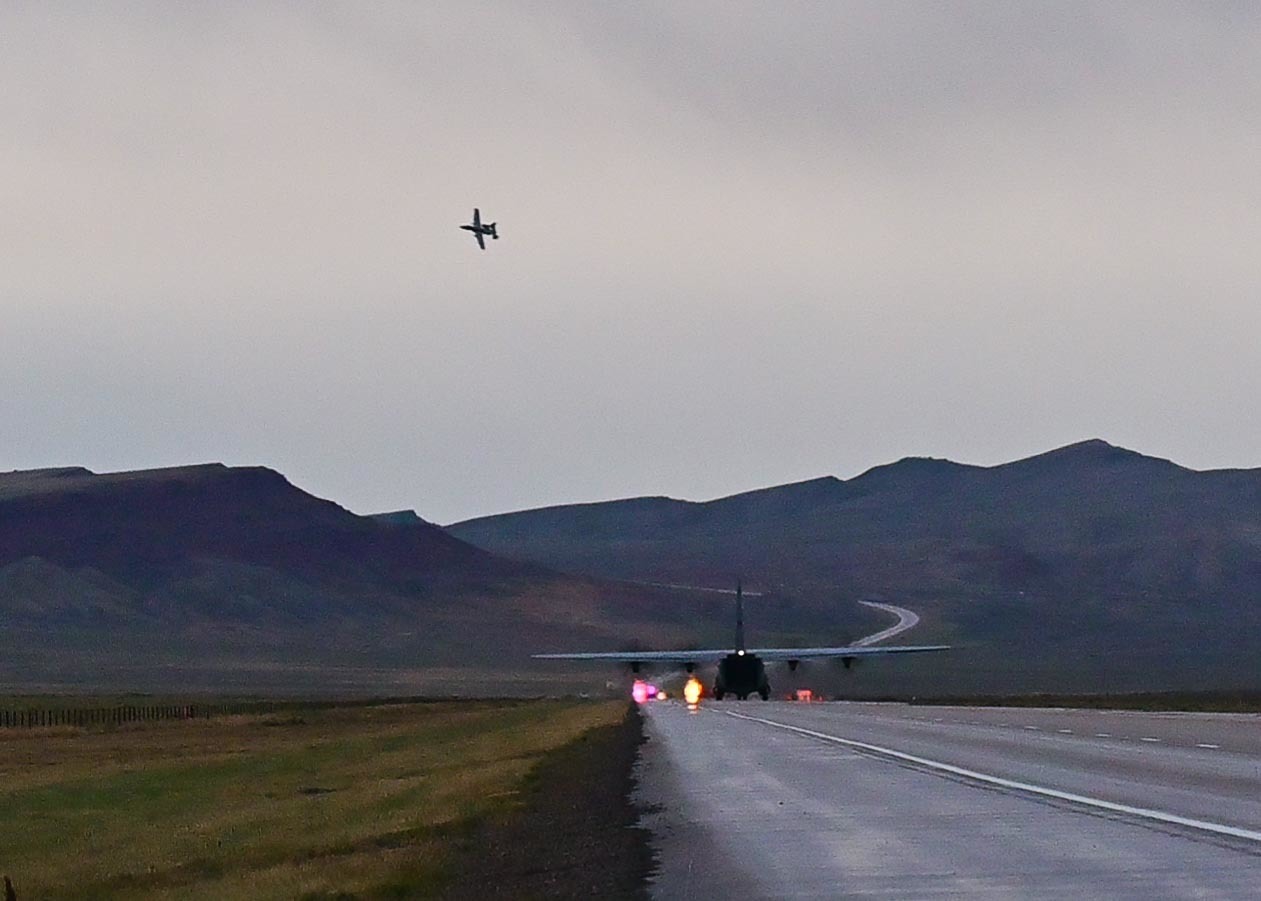
Having a Reserve-operated C-130J operate from a closed-off portion of U.S. highway might still be a rare occurrence but it speaks to the Air Force’s vision of future warfare in which established airbases could be destroyed, or at least rendered inoperable, were a major conflict to break out in Europe or the Pacific. With this new high-threat reality now seemingly a centerpiece of air warfare planning, it’s likely we will see more C-130s, and other aircraft too, training for the high-end fight with the help of the U.S. highway network.
Contact the author: thomas@thedrive.com
